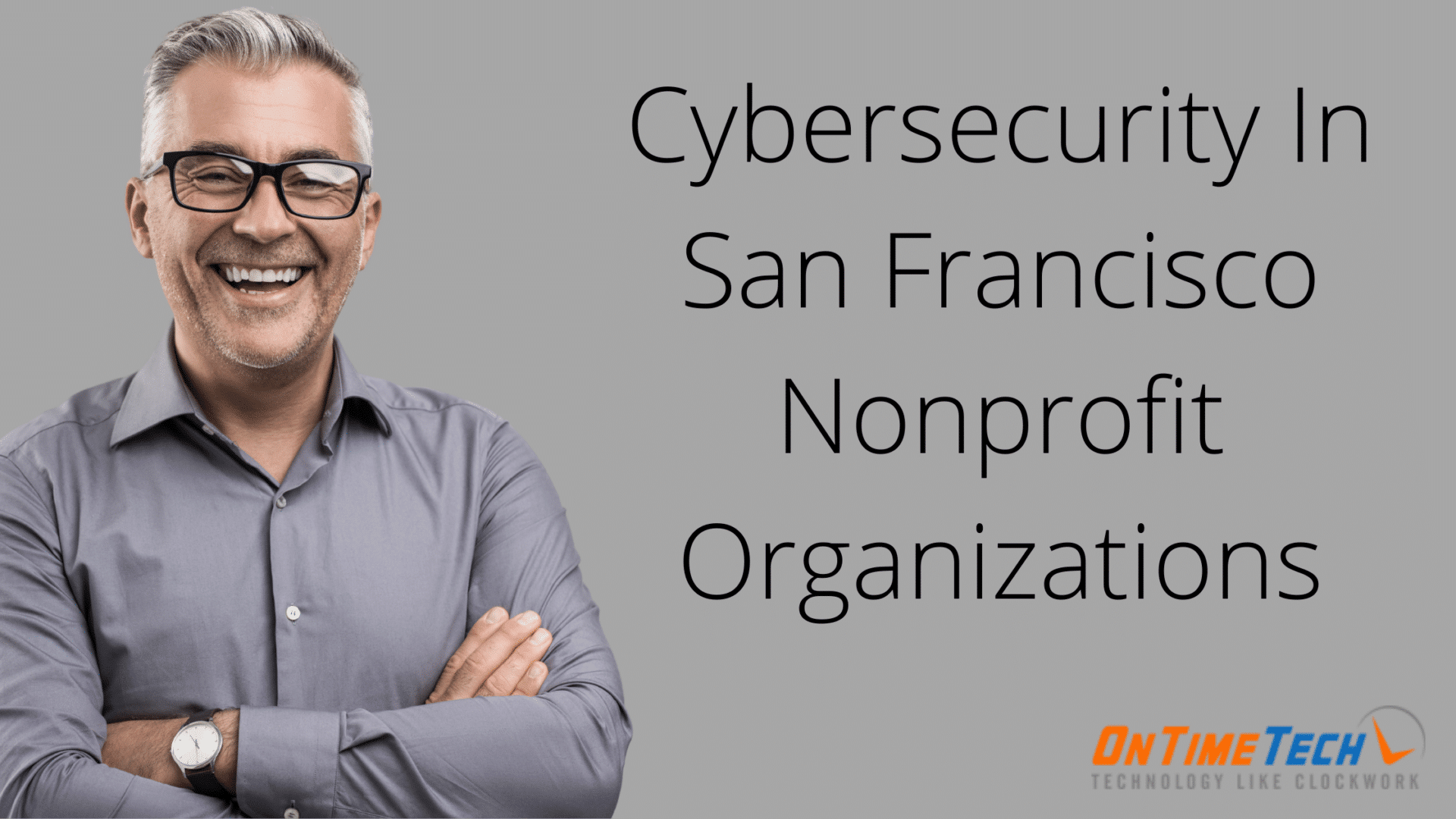What Is The Modern Workplace in San Francisco?
Defining The San Francisco Modern Workplace If you are searching about the modern workplace, you could be curious to know how it can transform your...
"What is the difference between cybersecurity and information security?" This is not only a great question, but it is a question we have been asked many times before. Cybersecurity and information security have been so closely linked that many people are under the impression that the terms are synonymous.
We understand how easy it can be to find yourself lost in a sea of terms, especially when it comes to protecting sensitive and confidential data. Although they sound similar, there are certainly a few distinctive factors that set these two terms apart from each other. On the other hand, there are some commonalities they share.
The two terms each address different types of security, and it is important for any business or organization that makes an investment in an effective security framework to understand the terms, what the terms mean, and the differences between them. Before you can understand the difference between cybersecurity and information security, it may be helpful to know what will be protected under the two terms.
According to the NIST, cybersecurity is defined as the "ability to protect or defend the use of cyberspace from cyber attacks." There are other definitions of cybersecurity, particularly the CISA's definition and the ISO's definition. Basically, cybersecurity is related to attacks that occur from within an organization or outside of an organization. Cybersecurity is the foundation for protecting and securing anything that is susceptible to threats, attacks, or unauthorized access, which typically consists of devices, networks, servers, and applications.
Cybersecurity also relates to the protection of digital data, which is one of the distinctions that make cybersecurity different from information security. When there are discussions about cybersecurity, you should know the discussions will generally surround digital information, systems and networks.
Information security, sometimes shortened to "InfoSec" is an additional way of saying "data security." When it comes to information security, a few of the main concerns include the confidentiality and integrity of your data. The majority of businesses and organizations' data is housed electronically on servers, mobile devices, laptops, or other places on the internet. However, before all confidential and sensitive data made the transition to online networks and servers, there were filing cabinets filled with folders that contained confidential information. You would be surprised at how much confidential information is still sitting in filing cabinets. Information security is about making sure data in all forms is secured and protected. Information security is also a bit broader than cybersecurity.
While there will always be a debate about cybersecurity and information security, cybersecurity can be viewed as a form of information security. Think of information security as an umbrella people use on a rainy day to keep them dry, except instead of a person being underneath the umbrella for protection, cybersecurity is underneath the umbrella.
While cybersecurity relates to protecting information in the cyber world, information security relates to the protection of data in the cyber world. The Internet or the end-user devices can be smaller parts that make up a much larger picture. Cybersecurity and information security both involve cyberspace and protecting it from cyber threats and cyberattacks that can include ransomware and malware.
Cybersecurity professionals play a critical role in helping to protect devices, servers, databases, and networks by finding the issues that are resulting in vulnerabilities. Cybersecurity professionals take on the responsibility of preventing attacks. Protection tactics implemented by cybersecurity professionals include firewalls, anti-virus software, and intrusion detection and prevention systems. Combining hardware and software that security teams implement will allow an organization to develop a system of understanding, resulting in better protection against threats to the cyber infrastructure.
Cybersecurity and information security are both essential to information risk management. And while cybersecurity professionals have a great interest in securing and protecting electronic data from cyber threats, cyber attacks, and data breaches, they are also responsible for multiple forms of physical security.
Information security professionals have a desk drawer or filing cabinet that holds personal information, and cybersecurity professionals need physical security measures to ensure there is enough data protection. While you may not be able to physically lock a device that is being used in the workplace, you can use several security systems in place that are effective enough to prevent unauthorized users from gaining access.
It does not matter how your information is usually stored, your organization will always need to have proper security measures in place to prevent any type of unauthorized access. If you fail to do so, your organization will become an easy and favorite target for cybercriminals.
Where there are recommended resources that each team or department will use, it is likely that the cybersecurity team and the information security team will work together to ensure there is a strong data protection framework. This will generally start with the information security team making sure the data is protected and the cybersecurity team taking on the task of developing the proper protocol.
Due to the evolution of this position, it is easy to understand why these topics are often discussed together. Taking the ''cybersecurity vs. information security'' approach may not be the best way to approach things that are so parallel. Cybersecurity and information security are both vital to the protection of data by ensuring data is not stolen, accessed, changed, or removed. The key difference is the range of their focus.
Businesses and organizations are becoming savvier than ever, especially technically and digitally. The constant advancements will come with the need for businesses and organizations to have the best framework and procedures in place to protect their assets.
On Time Tech can help you monitor your cybersecurity and your information security across a variety of factors. Our ratings continuously monitor every part of your security operation. We will ensure your San Francisco Bay Area organization is protected by keeping all of your information secure, and we will also ensure you have the right technologies in place to ensure network and technology security are setup, configured and implemented properly. Contact us today for more information.

Defining The San Francisco Modern Workplace If you are searching about the modern workplace, you could be curious to know how it can transform your...

Lack of communication with your IT company is a major problem. Does it feel like you don’t have a true partnership with your IT team? If so, it’s...

Nonprofits and Cybersecurity: Tips for Handling Cybersecurity in San Francisco Nonprofit Organizations Nonprofit organizations do so much to help our...

On Time Tech is an IT Support and Computer Services company serving California. We provide services to the areas in and around We know businesses like yours need technology support in order to run highly-effective organizations. Leverage pro-growth technology services for your company now.
San Francisco:
182 Howard St.
Suite 108
San Francisco, CA 94105
Los Angeles:
8350 Rex Road
Pico Rivera, CA 90660
Business Hours:
M-F: 8AM-9PM
© 2024 On Time Tech